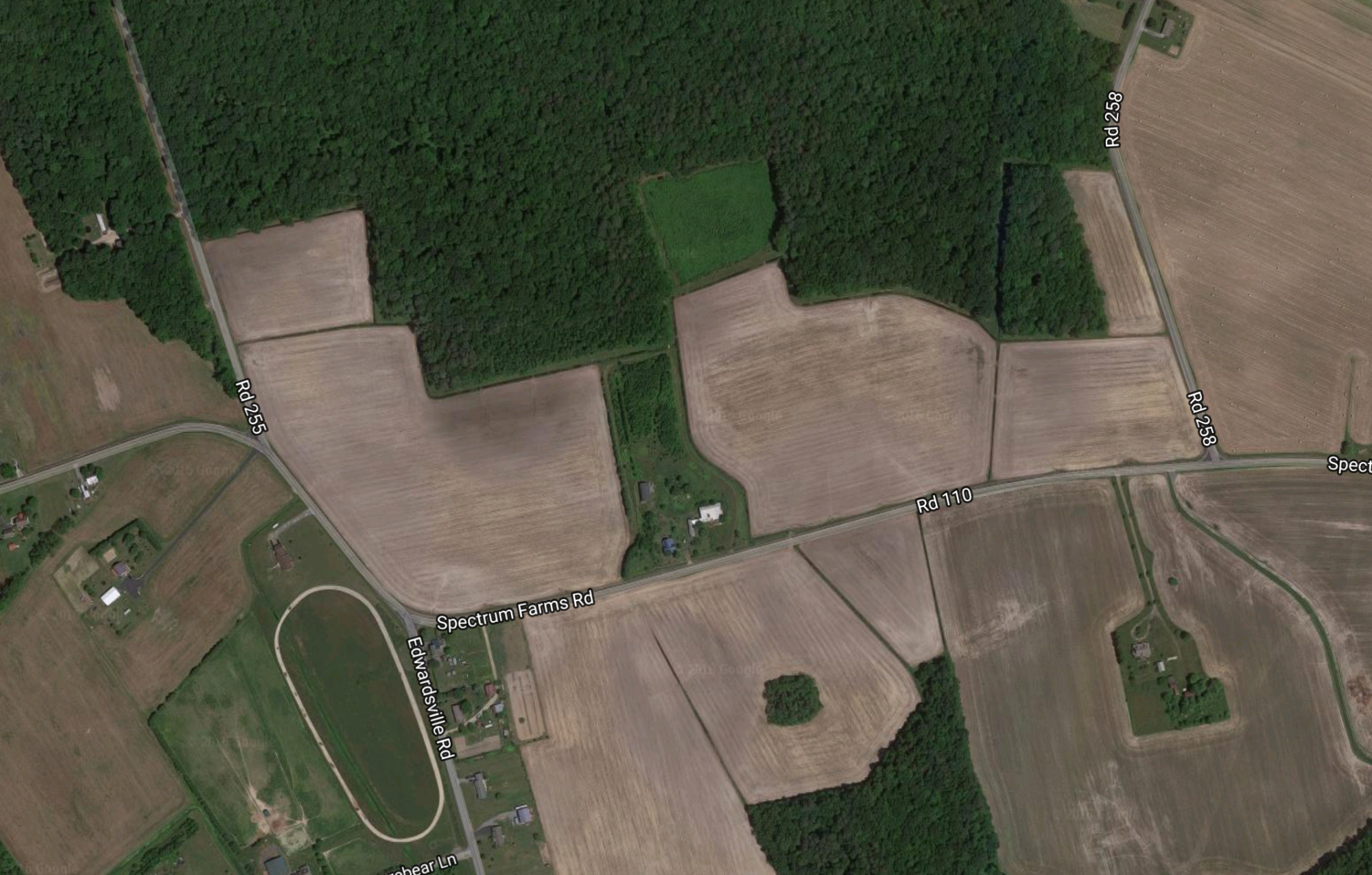50 years in the making?
Design thinking appears to have gotten its start in the late 60s/70s traced back to Herbert A. Simon’s “The Sciences of the Artificial” (1969) and Robert Kim’s “Experiences in Visual Thinking” (1973). And Rolf Faste taught courses on design thinking as a method of creative thinking at Stanford in the 80s and 90s – then IDEO formed in 1991 to provide services to identify new market opportunities, add value, and solve meaningful problems using human centered, experimental/experiential techniques in iterative and active learning processes.
Fast forward to present.
Complexity, information deluge, constant change are the new normal and are significant obstacles to productivity. To offset, Deloitte’s Global Human Capital Trends 2016 suggests that HR migrate its competency from “process developer” to “experience architect” and “reimage every aspect of work, physical environment; how people meet and interact; how managers spend their time; and how companies select, train, engage, and evaluate people” using Design Thinking.
The image below from illustrates the importance of design thinking globally.

Focusing on employee experience, engagement and simplicity, HR organizations will need new skills and capabilities and learn to move quickly and with agility and not be afraid of failing while prototyping, piloting, testing and learning experiences accumulated from the Design Thinking journey.





